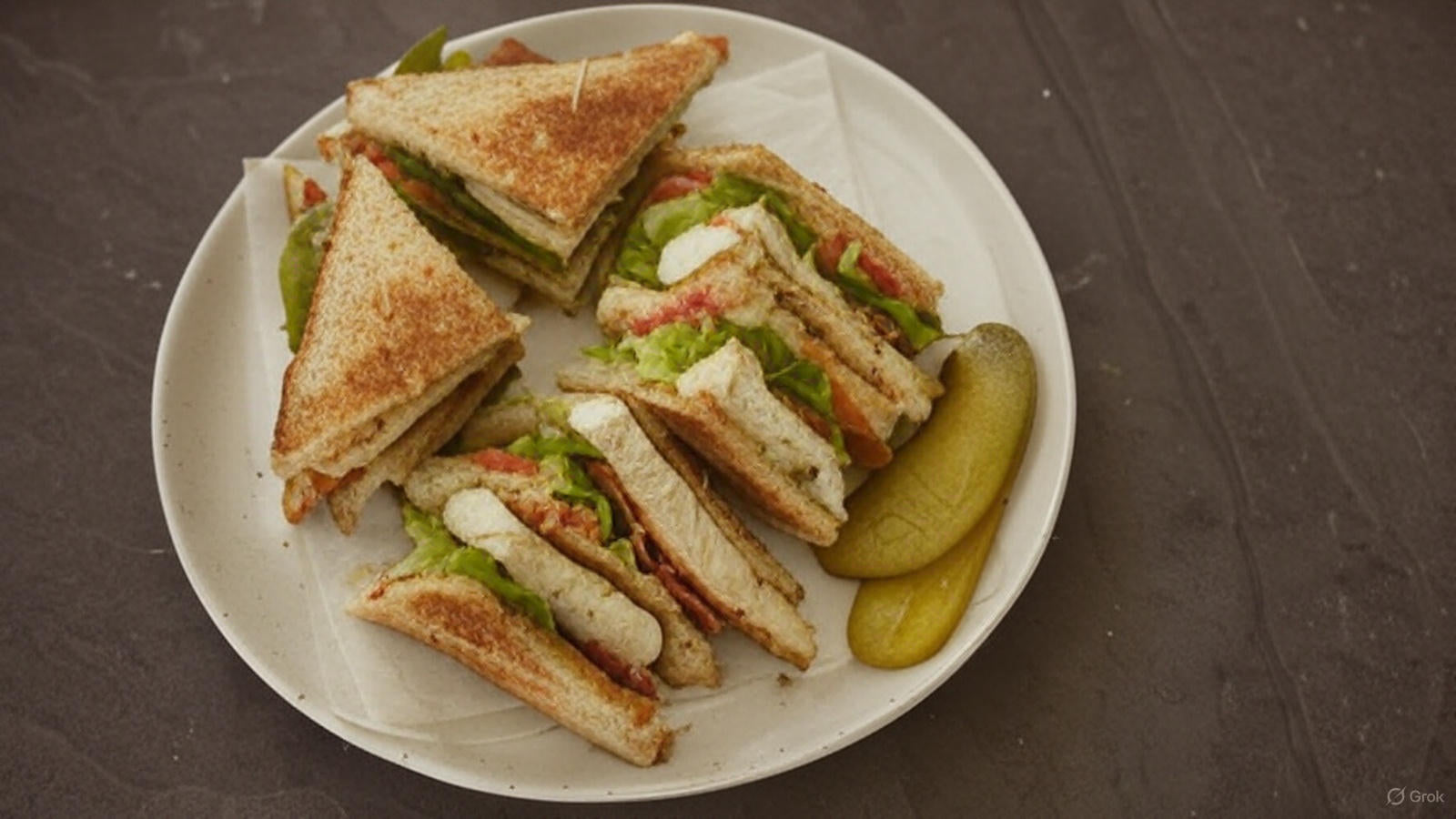Arby’s Hit with Lawsuit Over Alleged False Advertising in Sandwich Promotions
Introduction
Arby’s, famous for its “We Have the Meats” slogan, is now facing legal heat for allegedly having too much meat — in its ads, that is. A New York man has filed a class-action lawsuit against Arby’s Restaurant Group Inc., accusing the fast-food chain of misleading customers with promotional images that overstate the size and quality of its roast beef sandwiches.
This lawsuit has drawn national attention, raising big questions about how far fast-food advertising can go before crossing the line into deception.
Arby's is being sued for false advertising
— Culture Crave 🍿 (@CultureCrave) October 14, 2025
Lawsuit alleges:
• Ads make the sandwiches appear to have 'at least 100% more meat' than they really do
• Made the meat look like rare roast beef when it is actually 'fully cooked'
Arby's lost its motion to dismiss the case
(via… pic.twitter.com/KGmfBxvDiZ
What the Lawsuit Alleges
The case, Alongis v. Arby’s Restaurant Group, Inc., was filed in the The case, Alongis v. Arby’s Restaurant Group, Inc., was filed in the U.S. District Court located in New York’s Eastern District.. The plaintiff, Joseph Alongis, claims Arby’s advertisements — seen on in-store menus, drive-thru boards, and delivery apps like Uber Eats and Grubhub — depict sandwiches with at least double the meat of what’s actually served.
According to the complaint, Arby’s also shows its roast beef as having a reddish, rare look, while in reality, the meat is fully cooked and darker in color.
Sandwiches Involved
The alleged misrepresentation covers several best-selling Arby’s items:
- Classic Roast Beef
- Double Roast Beef
- Half Pound Roast Beef
- Classic Beef ’N Cheddar
- Double Beef ’N Cheddar
- Half Pound Beef ’N Cheddar
- Smokehouse Brisket
Alongis bought two sandwiches — the Double Beef ’N Cheddar and Smokehouse Brisket — expecting, based on ads, a generous portion of meat. He claims he received less than half of what was implied, calling the ads “deceptive and misleading.”
The lawsuit seeks to represent all New York consumers who purchased these sandwiches since September 5, 2020, demanding over $5 million in damages.
Court’s Decision: Partial Win for Plaintiffs
On September 29, 2025, U.S. District Judge Nusrat J. Choudhury issued a mixed ruling. The court allowed parts of the case to move forward while dismissing others.
✅ Allowed to Proceed:
- Claims that the ads mislead customers about the quality and rarity of the roast beef.
- Claims that non-half-pound sandwiches show exaggerated meat quantities.
❌ Dismissed:
- Allegations about half-pound sandwiches, since their names clearly state the portion size.
The judge rejected Arby’s argument that the ads were mere “puffery” (meaning harmless exaggeration). Instead, the court found that reasonable consumers could be genuinely misled by the imagery.
Arby’s Official Response
Arby’s released a statement defending its advertising approach, explaining that product photos are “stylized for visual appeal” and “may not reflect exact portion sizes.” The company emphasized its commitment to marketing transparency and consumer trust.
Still, the case puts Arby’s alongside a growing list of fast-food chains facing similar lawsuits. Wendy’s, McDonald’s, and Taco Bell have all been accused — with mixed results — of overstating portion sizes or food quality in promotional materials.
Wider Industry Impact
This lawsuit could set a powerful precedent for truth-in-advertising standards across the fast-food industry. If Arby’s loses, companies may be forced to:
- Use more realistic product imagery
- Add disclaimers on menu photos
- Reevaluate marketing strategies to avoid “visual inflation”
Marketing experts say consumers today expect authenticity — and misleading food photos, even unintentionally, can damage brand trust in the long run.
Social Media Buzz
The lawsuit went viral after @CultureCrave shared a post on X (formerly Twitter) comparing Arby’s promotional images to real-life sandwiches. The tweet sparked debate, with thousands of users arguing over whether food marketing is “artful styling” or “consumer deception.”
FAQs
Q1: Why is Arby’s being sued?
Arby’s is accused of using ads that exaggerate the amount and appearance of meat in certain sandwiches, allegedly misleading customers.
Q2: What sandwiches are involved in the lawsuit?
The case includes the Classic, Double, and Half Pound Roast Beef and Beef ’N Cheddar sandwiches, along with the Smokehouse Brisket.
Q3: What did the court decide?
The court allowed claims about misleading imagery and meat quality to proceed, but dismissed allegations regarding half-pound items.
Q4: Could this affect other fast-food brands?
Yes. If the plaintiffs win, it could push other chains to make ads more accurate and transparent.
Q5: Has Arby’s responded?
Yes. Arby’s says its promotional images are meant to be visually appealing and not exact representations of portion size.
Conclusion
The Arby’s false advertising lawsuit highlights an ongoing tension between marketing creativity and consumer honesty. While stylized photos are standard in the food industry, this case asks an important question: When does marketing stop selling a dream and start selling a lie?
If the plaintiffs succeed, the outcome could reshape how fast-food chains advertise nationwide — making menus not just tastier-looking, but truthier, too.
Neutral & Intellectual Opinion
Advertising thrives on aspiration — the idea that a burger will look bigger, a sandwich juicier, or a coffee frothier than in reality. Yet, as digital transparency grows, so does consumer skepticism. Arby’s case sits at the crossroads of trust and technique, challenging decades of marketing norms.
The core issue isn’t just about meat or money; it’s about expectations versus experience. If consumers feel deceived by what’s on-screen versus what’s on-plate, the industry’s storytelling loses credibility. Whether Arby’s wins or loses, this lawsuit forces a long-overdue reflection:
In the age of authenticity, should visual exaggeration still be considered harmless — or dishonest?


0 comments